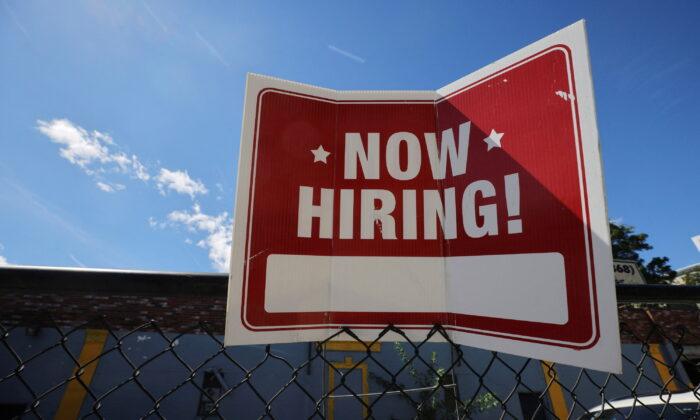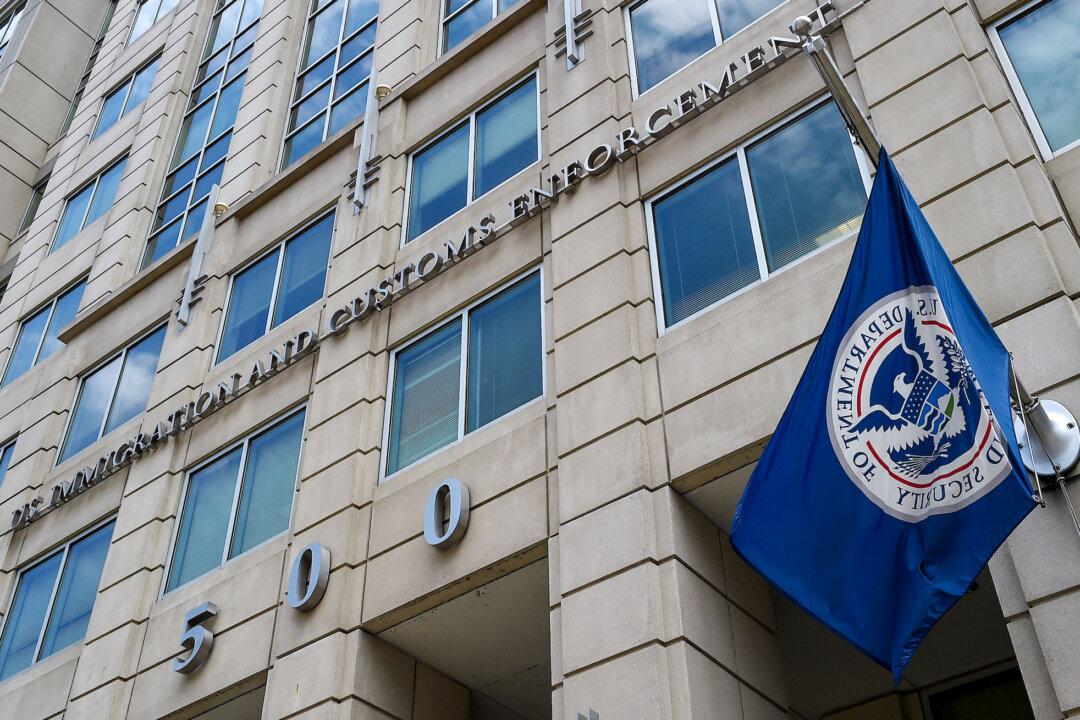More signs of weakness have surfaced in the U.S. labor market as a government report showed jobless claims rising above market expectations while data from outplacement firm Challenger, Gray & Christmas showed job cuts surging by a whopping 46 percent in September.
“Pretty big uptick in initial jobless claims to 219k from 190k, but could be a head fake like the moves earlier in the year were,” Liz Young, head of investment strategy at SoFi, noted in a statement on Twitter.
Some analysts said that the impacts from Hurricane Ian may have distorted the claims data to some extent.
“It’s difficult to assess how much the labor market is cooling from initial claims, and this will be the case for several weeks because of the distortions from Hurricanes Fiona and Ian,” said Ryan Sweet, a senior economist at Moody’s Analytics.
‘Cracks Are Beginning to Appear’
A separate report from outplacement and career-transitioning firm Challenger, Gray & Christmas showed U.S.-based employers cutting 29,989 jobs in September, a 46.4 percent jump from the prior month and up 67.6 percent from a year ago.“Some cracks are beginning to appear in the labor market,” Andrew Challenger, the company’s senior vice president, said in a statement. He added that interest-rate hikes by the Federal Reserve and the associated cooling in the housing market were driving some job reductions among mortgage staff at banks and lenders.
“Recession concerns are leading to increased uncertainty, and companies across sectors are beginning to reassess staffing needs,” Challenger added.
Another sign of labor market softening came in the form of a sharp drop in hiring intentions. In September, U.S.-based employers announced plans to hire 380,014 workers, the lowest total for the month of September since 2011, according to the Challenger, Gray & Christmas report.
Investors and policymakers alike have been watching closely for signs of wobble in America’s job market as the Federal Reserve has driven up rates aggressively, during an economic downturn, in a desperate bid to stop runaway inflation.
‘A Big Step,’ but Still a ‘Way to Go’
The number of job openings in the United States fell by 1.1 million between July and August, a far sharper drop than forecasters expected, and yet another a sign of softness in the labor market.The drop in job vacancies brings the ratio of vacancies to unemployed persons down from 2.9:1 in July to 1.7:1 in August. While that’s closer to the ratio the Fed is looking for, some analysts said the central bank is unlikely to see that as enough.
“The Fed wants to get this back to the pre-pandemic 1.2, so a big step was taken here,” SoFI’s Liz Young noted in a statement on Twitter, referring to the ratio of vacancies to unemployed persons.
Alfonso Peccatiello, former portfolio manager for ING Deutschland and now author of the newsletter Macro Compass, said in a statement on Twitter that the Fed still has a “way to go” to bring the labor market into more balance, “but it seems the trend is right.”
Fed Chair Jerome Powell said in September that he was hoping for vacancies to decline without an associated rise in unemployment.
The Fed has been on a monetary-tightening streak, with policymakers repeatedly saying more rate hikes are in store while expressing determination to bring inflation down to the central bank’s target of 2 percent.
That’s more than two times higher than the Fed’s inflation target and a higher number than July’s 4.7 percent, suggesting underlying inflationary pressures were building after mostly declining for several months.





